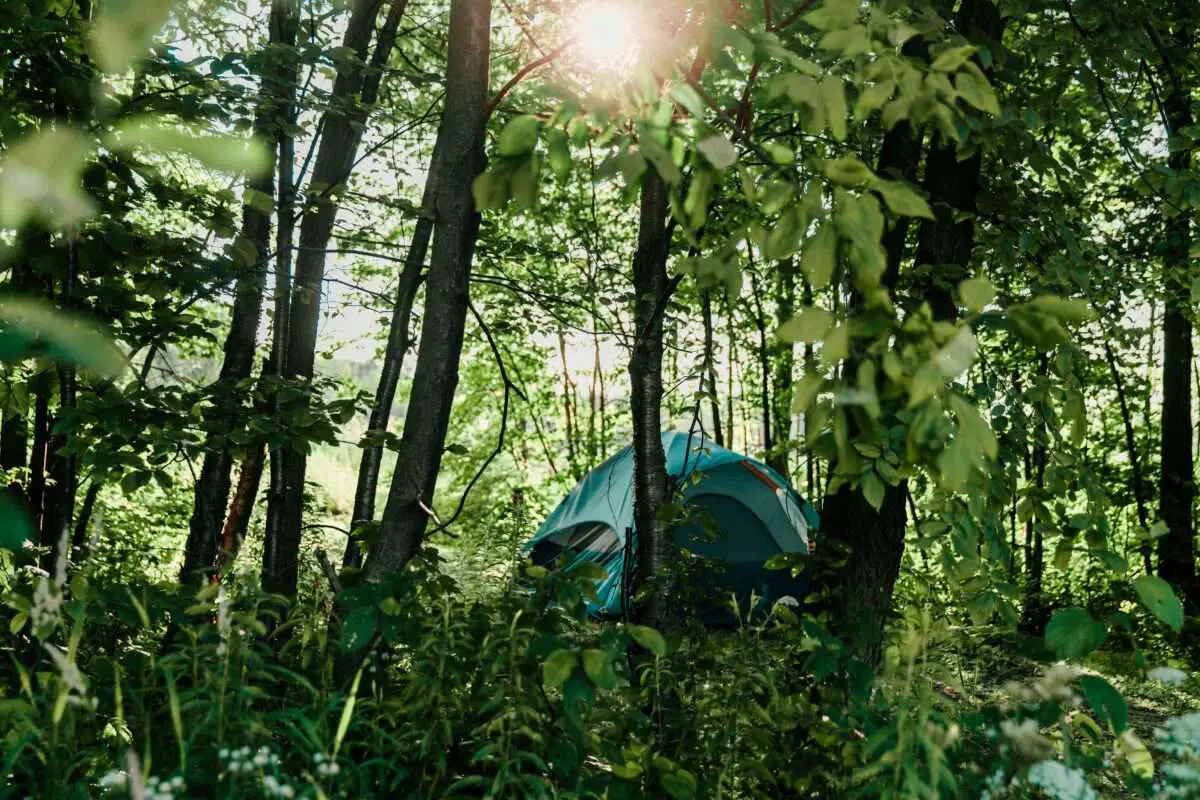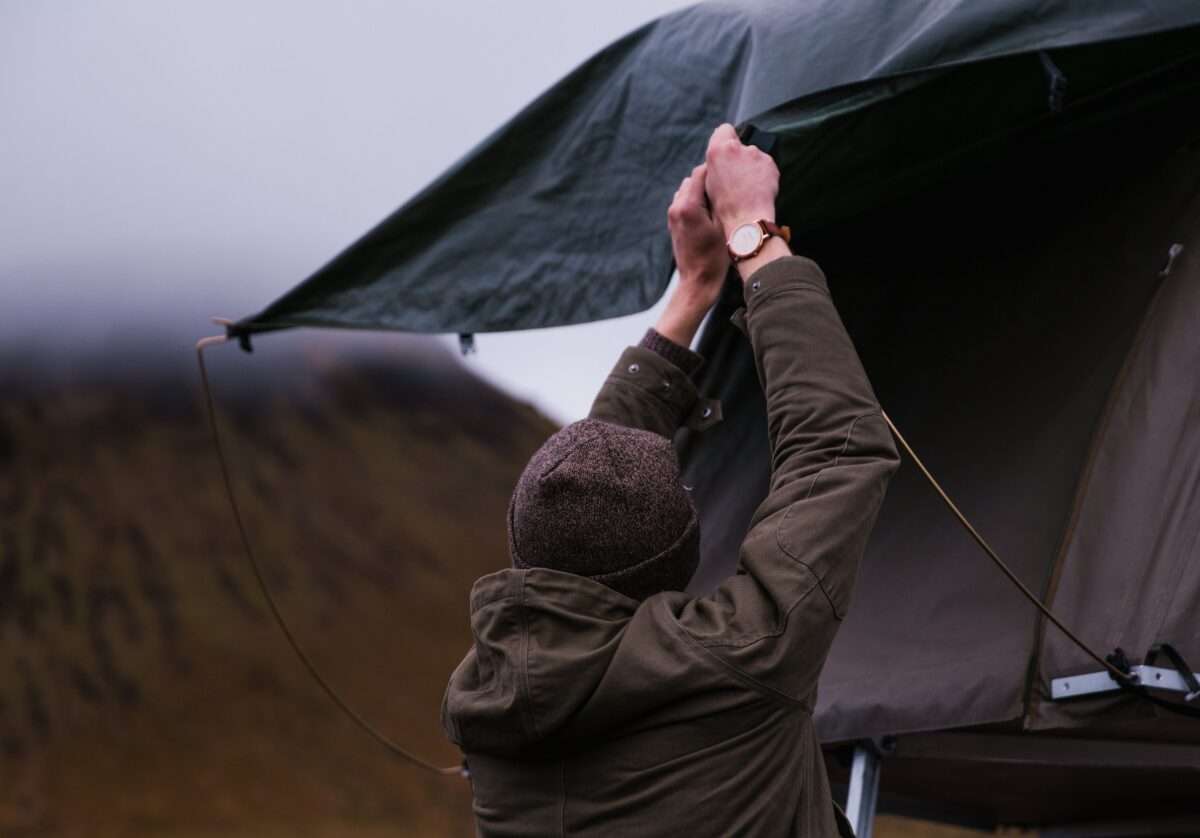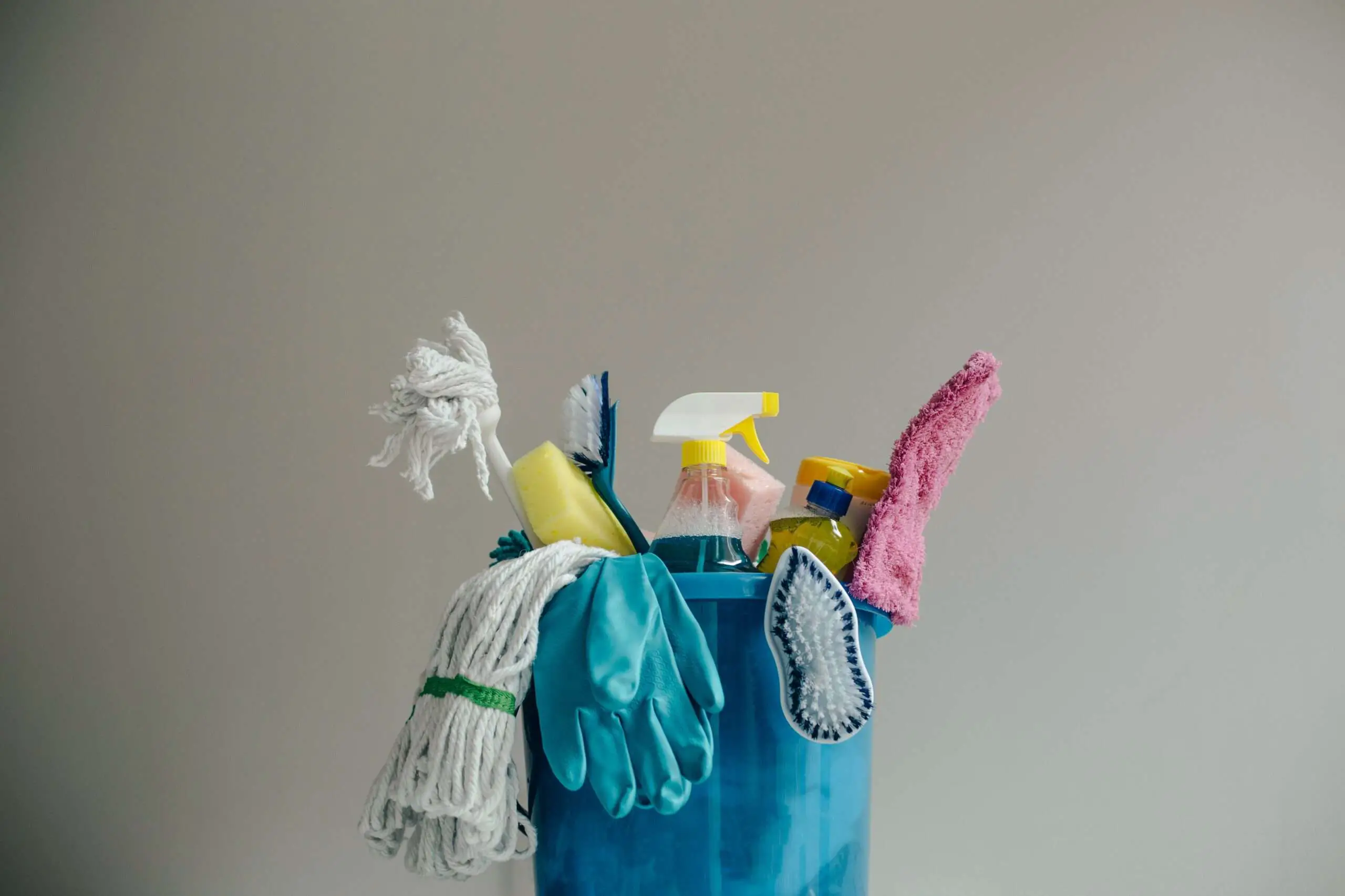Heading outdoors and communing with nature is undeniably rewarding. After a long and satisfying camping trip, you arrive home tired yet fulfilled. However, it’s important to remember that keeping your outdoor equipment in good condition – especially your tent – should be prioritized. In this comprehensive guide, we discuss important tips on how to clean your tent after camping and offer a step-by-step approach to maintaining it in top shape, increasing its lifespan, and ensuring a pristine shelter for your next adventure.
Why Cleaning Your Tent After Camping Matters
A tent is one of the most essential pieces of gear for any camper. It protects you from the elements, offers privacy, and provides a cozy space to relax and sleep. However, tents are exposed to harsh outdoor conditions, including dirt, moisture, and various pollutants. Here’s why cleaning your tent after a camping trip is crucial:
Prevention of Damage
Dirt and debris can cause abrasion and weaken the fabric of your tent. Mud and organic materials, when left untreated, can lead to the growth of mold and mildew, compromising the tent’s waterproofness and creating unpleasant odors. Thorough post-trip cleaning prevents such issues, prolonging the tent’s functionality.
Extension of Tent’s Lifespan
Regular cleaning and maintenance will help you extend your tent’s lifespan and maximize your investment in this essential piece of camping gear. Moreover, a tent in good condition will provide the necessary protection and comfort for numerous camping trips to come.

Gathering the Necessary Supplies
Before diving into the cleaning process, gather the following essential supplies:
- A large, clean surface or tarp to spread the tent out
- A non-abrasive sponge or soft cloth
- Mild, unscented soap or specialty tent cleaner
- A soft brush or broom
- Water: preferably from a garden hose with a spray attachment
- Disinfecting and spot-cleaning products (optional)
Shaking Out the Dirt and Debris
Begin by taking your tent outdoors and spreading it on a clean surface or tarp. Remove and empty any pockets or storage compartments. Turn the tent upside down and gently shake it to dislodge loose dirt, pine needles, and other debris.
Vacuuming the Interior
Using a handheld vacuum cleaner or a full-size vacuum with a brush attachment, gently remove any remaining dust and dirt particles from the tent’s interior. Be particularly careful when vacuuming nettings and zippers to avoid any damage.
Cleaning the Floor and Ceiling
- Fill a bucket with warm water and mix in a mild, unscented soap or specialty tent cleaner. Avoid using detergent or heavily scented soaps, as they may damage the tent’s fabric and waterproof coating.
- Gently scrub the floor and ceiling of your tent using a non-abrasive sponge or soft cloth, working in circular motions. Make sure not to scrub too forcefully, as it may damage the tent material.
- Rinse the tent thoroughly, ideally using a garden hose with a spray attachment, until all soap residues are gone.
Dealing with Stubborn Stains
For stubborn stains or blemishes, consider using a gentle spot-cleaning product or a mixture of water and a bit of white vinegar. Apply the solution to the stained area and gently rub it with a soft cloth, then rinse well.
Cleaning Tent Walls and Rain Fly
Following the steps above, clean the tent walls and rainfly (if applicable). Pay particular attention to the seams and zippers, as they tend to accumulate dirt, which could impact their functionality. A soft brush may help with removing tough dirt from those areas.

Drying and Storing Your Tent
Allow the tent to air dry completely before storing it. Ideally, hang it or spread it out in a shaded area with good ventilation. Do not store the tent until it is completely dry, as this may lead to the growth of mold and musty smells. Once dry, fold and store the tent in its original bag or a suitable storage container.
FAQ’S
What’s the best way to clean a tent?
The best way to clean a tent involves a few stages:
- Start by shaking out loose dirt and debris.
- Vacuum the interior to remove fine particles.
- Handwash your tent, focusing on the floor and ceiling first, using mild, unscented soap mixed with warm water while avoiding strong detergents or heavily scented soaps.
- Deal with stubborn stains or marks using a spot-cleaning product or a mixture of water and a bit of white vinegar.
- Rinse thoroughly to remove any soap residues.
- Leave your tent to air dry completely.
It’s crucial to ensure your tent is completely dry before storing it to prevent mold growth and unpleasant odors.
How do you clean and disinfect a tent?
You can clean and disinfect a tent using the same method as mentioned earlier with the addition of a disinfection step. After washing your tent, disinfect various sections of the tent, focusing on the most contacted areas, like zippers and doors, using a suitable disinfectant. Avoid bleach or harsh disinfectant sprays that can compromise the tent’s fabric and waterproof coating. Rinse thoroughly after the disinfection process.
How do you clean and deodorize a tent?
To clean and deodorize a tent, follow the initial cleaning steps above. Then, to help remove any persistent smells:
- Mix a cup of white vinegar with a gallon of warm water.
- Sponge this solution over the interior of your tent, making sure to cover all areas.
- Rinse the tent thoroughly with clean water.
- Let it air dry completely.
The natural acid in vinegar helps to neutralize bad odors without damaging the fabric of your tent.
How do you clean a tent before packing it away?
Before packing away your tent, it’s important to ensure it’s both clean and dry to prevent mold growth and extend its lifespan. To clean it:
- Shake out any loose dirt and debris.
- Vacuum the interior to remove fine particles.
- Handwash the tent with mild, unscented soap mixed with warm water.
For stubborn stains, you can use a gentle spot-cleaning product. Rinse off the soap thoroughly. Then, allow the tent to air dry completely in a shaded spot with good ventilation. Check all parts of the tent, including the corners and seams, to ensure it’s thoroughly dry before packing away.
Cleaning your tent after camping not only enhances its appearance but also extends its lifespan and maintains its effectiveness as a protective shelter. Follow the steps we’ve laid out above to ensure your tent remains a dependable companion for your next outdoor adventure. Remember to share your post-camp tent cleaning experiences and tips with fellow campers – together, we can ensure our gear provides optimal protection and longevity.

Leave a Reply
You must be logged in to post a comment.